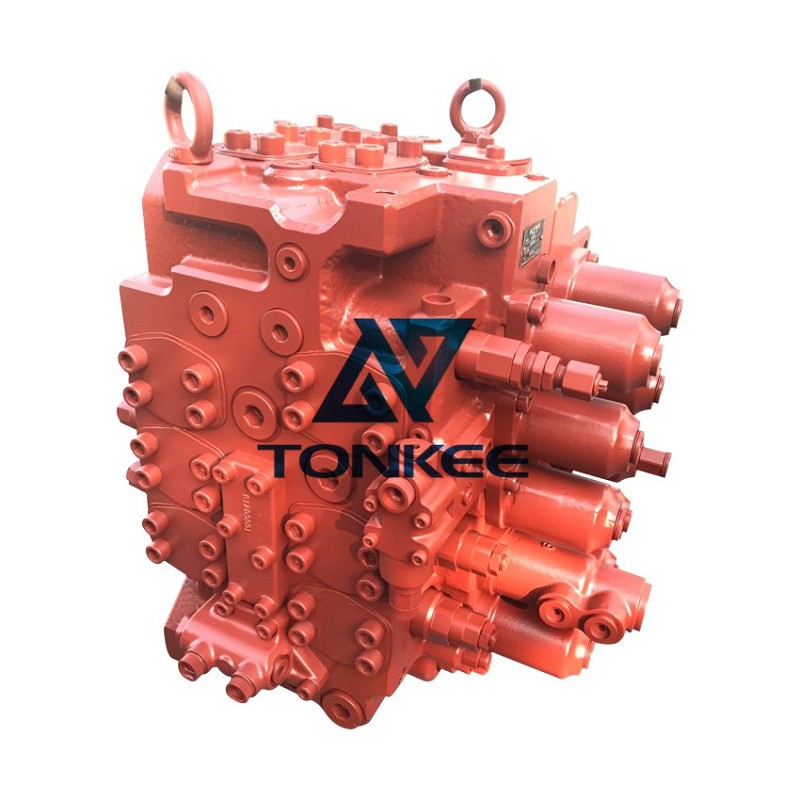
Buy Original KPM KMX32N distribution valve | Partsdic®
Original KPM KMX32N distribution valve | Partsdic®
Materials of Construction: Valve bodies and internal components are typically made of various materials, including metals like stainless steel, brass, or cast iron, and non-metallic materials like PVC or PTFE. The material selection depends on factors such as fluid compatibility, corrosion resistance, and the operating environment.
Materials of Construction: Valve bodies and internal components are typically made of various materials, including metals like stainless steel, brass, or cast iron, and non-metallic materials like PVC or PTFE. The material selection depends on factors such as fluid compatibility, corrosion resistance, and the operating environment.



